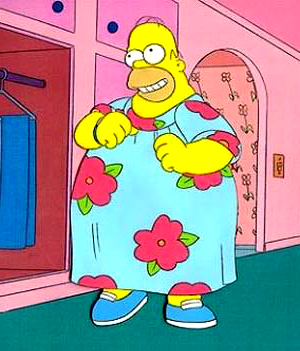Fat characters influence eating
 A study from the US suggests children can be prompted to consume more unhealthy food by seeing plump cartoon characters.
A study from the US suggests children can be prompted to consume more unhealthy food by seeing plump cartoon characters.
The first-of-its-kind research showed children tend to perceive ovoid, or egg-shaped, characters as overweight even though the creatures are imaginary, and their perception could affect their diet.
“Because research like this is new - looking at kids and stereotyping particularly of cartoon characters - we weren't sure whether kids would be aware of bodyweight norms,” said Professor Margaret Campbell from the University of Colorado.
“But surprisingly, they apply typically human standards to cartoon creatures - creatures for which there isn't a real baseline.”
In addition, seeing ovoid cartoon characters can influence children to eat more unhealthy food, according to the study.
“They have a tendency to eat almost twice as much indulgent food as kids who are exposed to perceived healthier looking cartoon characters or no characters at all,” said Campbell.
The inclination to eat more junk food was curtailed, however, when kids in the study first had the opportunity to summon their previously learned health knowledge. That is, before looking at the ovoid cartoon character and then taking a cookie taste-test, the children's health knowledge was activated when they were asked to choose the healthiest option represented in six pairs of pictures and words - such as getting sleep versus watching TV, soft drink versus milk and playing inside versus playing outside - which led to lighter biscuit choices.
“This is key information we should continue to explore,” said Campbell.
“Kids don't necessarily draw upon previous knowledge when they're making decisions. But perhaps if we're able to help trigger their health knowledge with a quiz just as they're about to select lunch at school, for instance, they'll choose the more nutritious foods.”
The findings - gathered from over 300 participants in three age groups averaging 8, 12 and 13 years old - have implications for marketers as well as parents navigating a world where children encounter cartoon characters in a variety of media, from books to graphic novels, TV shows, video games, movies and more.
“What I would like to see is companies being a lot more responsible with their own marketing choices,” said Campbell.
“I think it is important for parents to know they should think about the way they might be associating food with fun for kids - in the form of exposure to cartoon characters, for instance - as opposed to associating food with nutrition and the family structure.”








 Print
Print